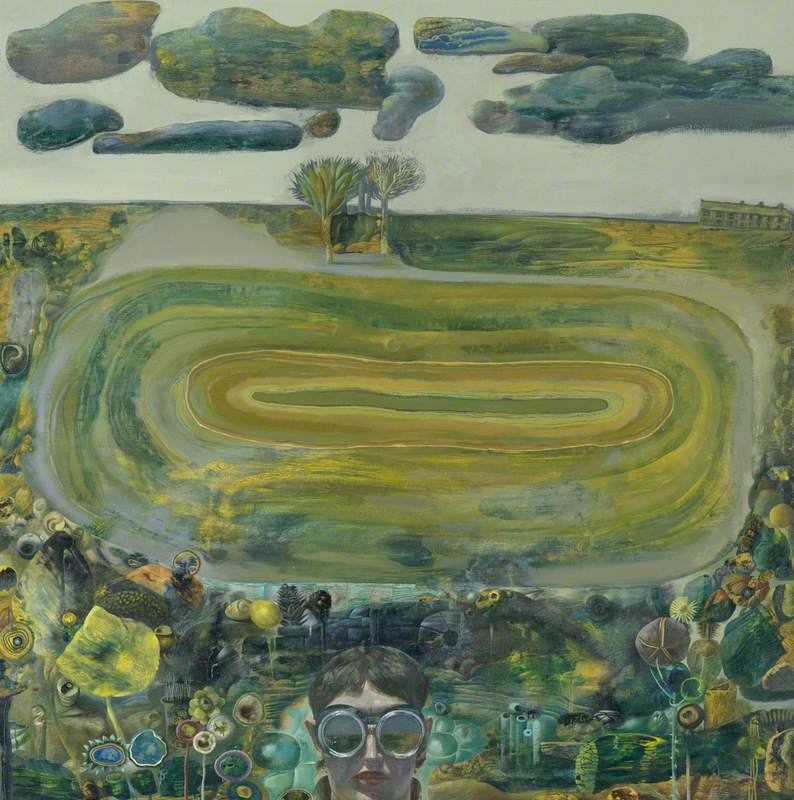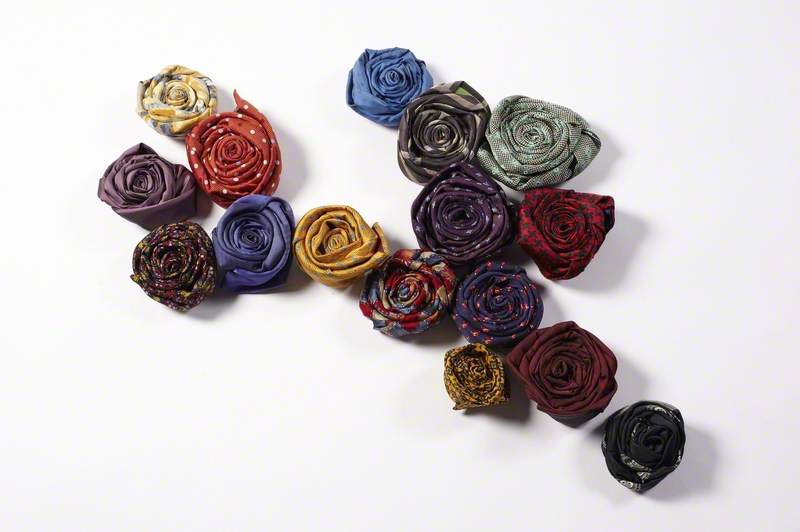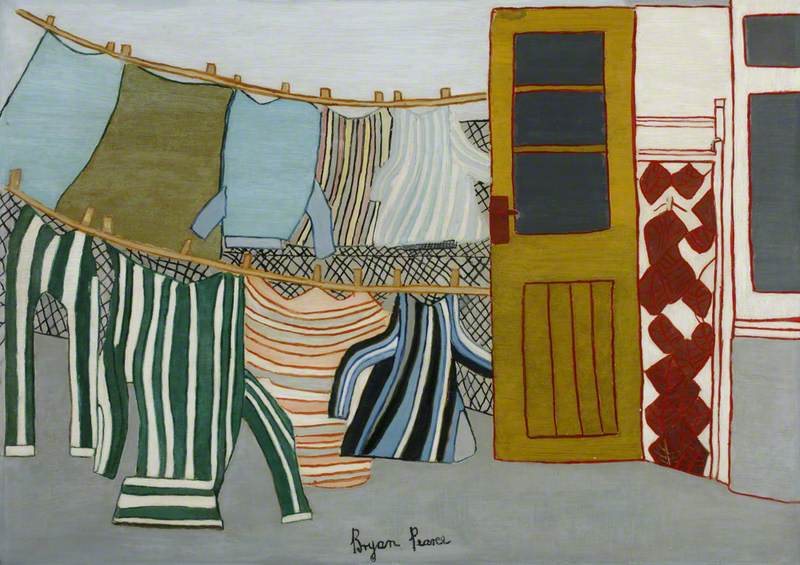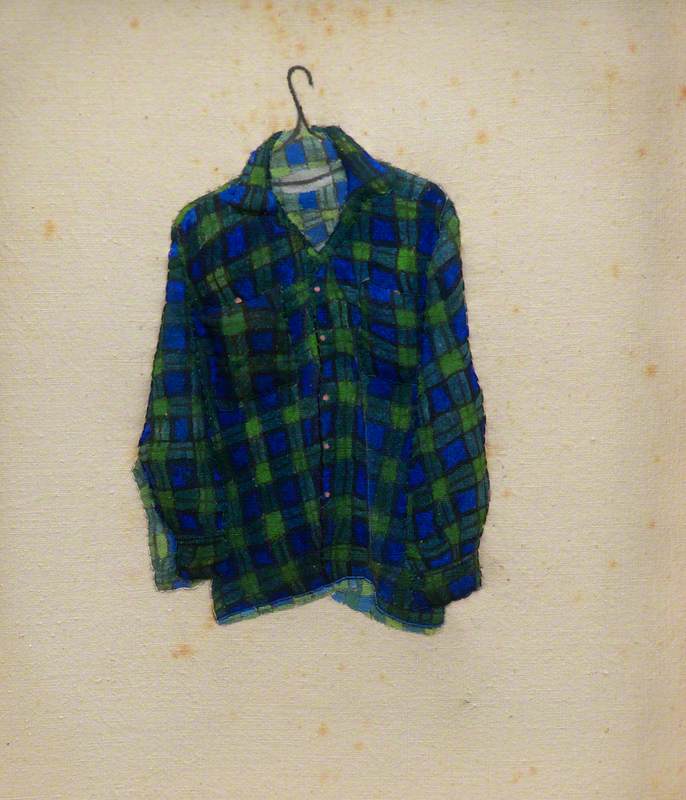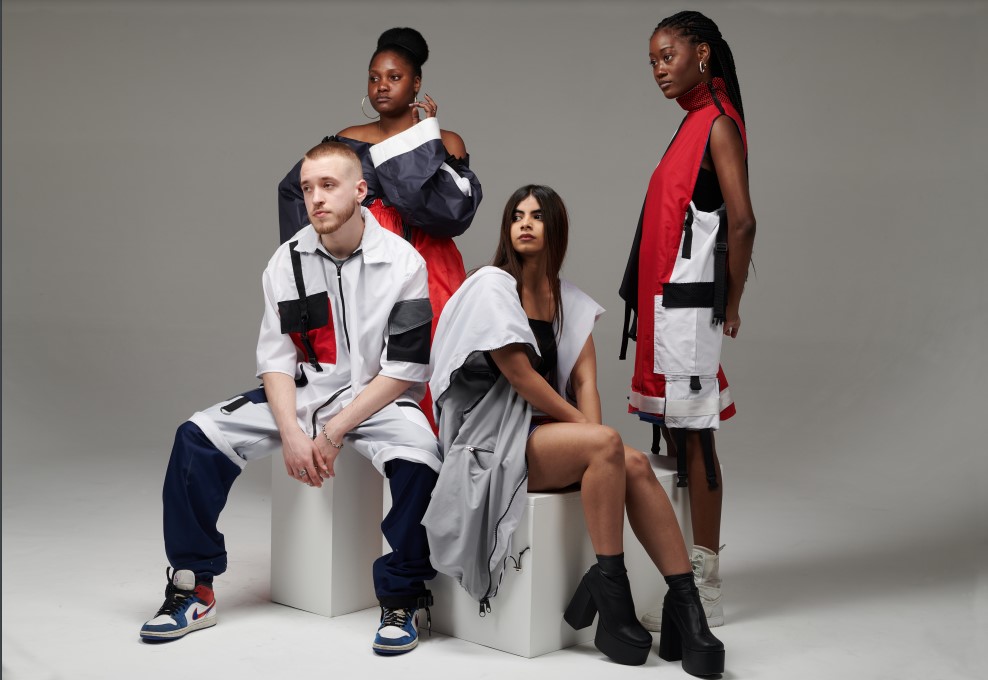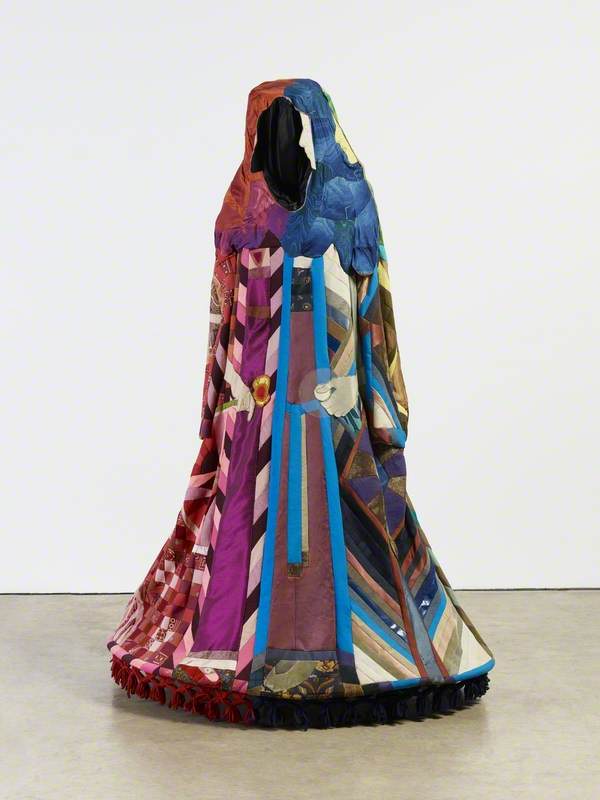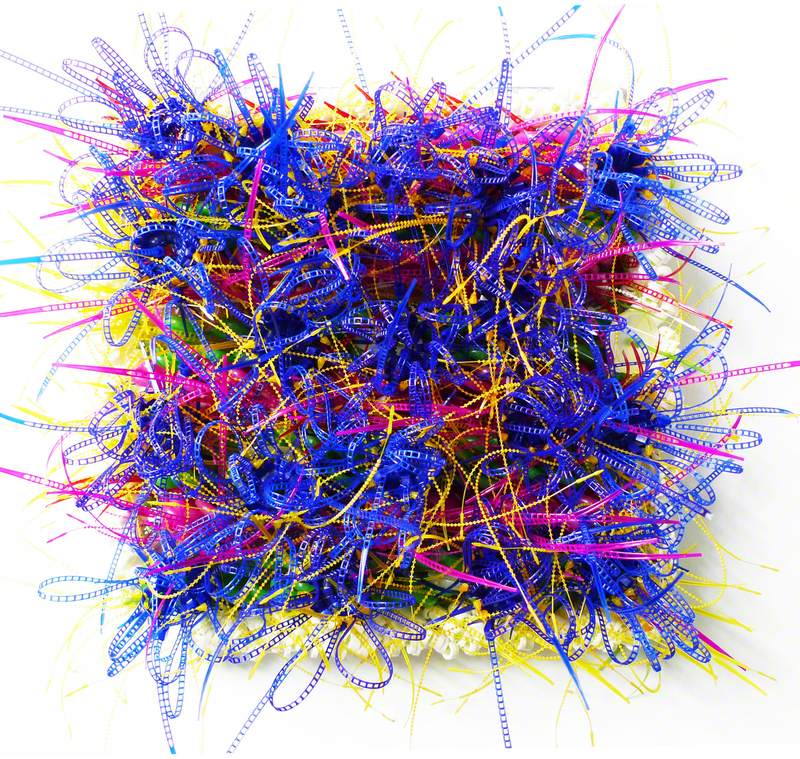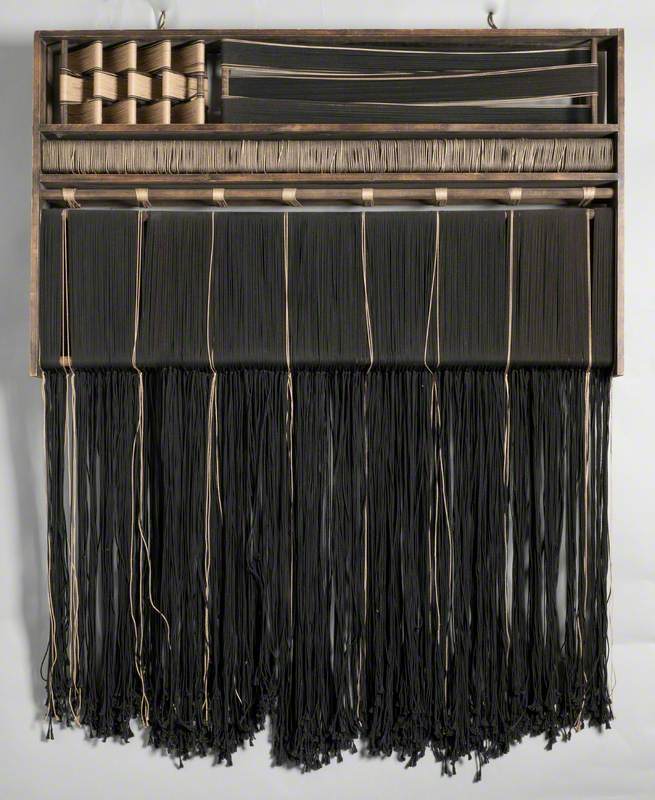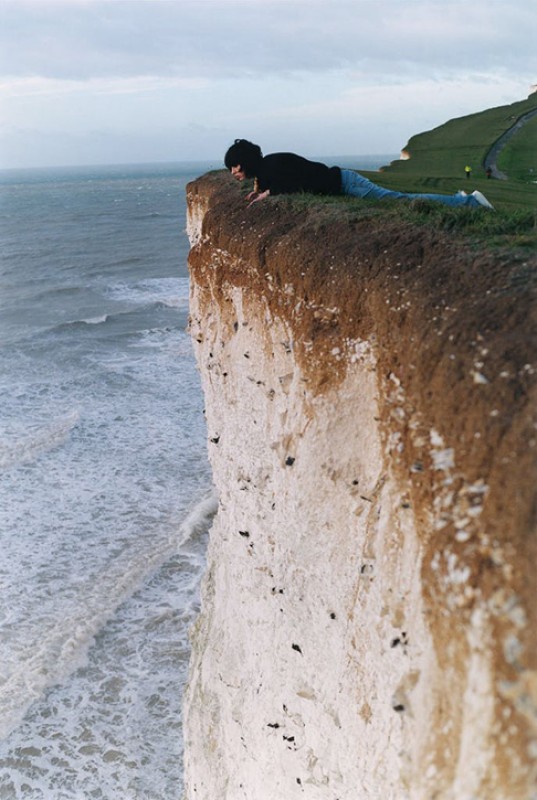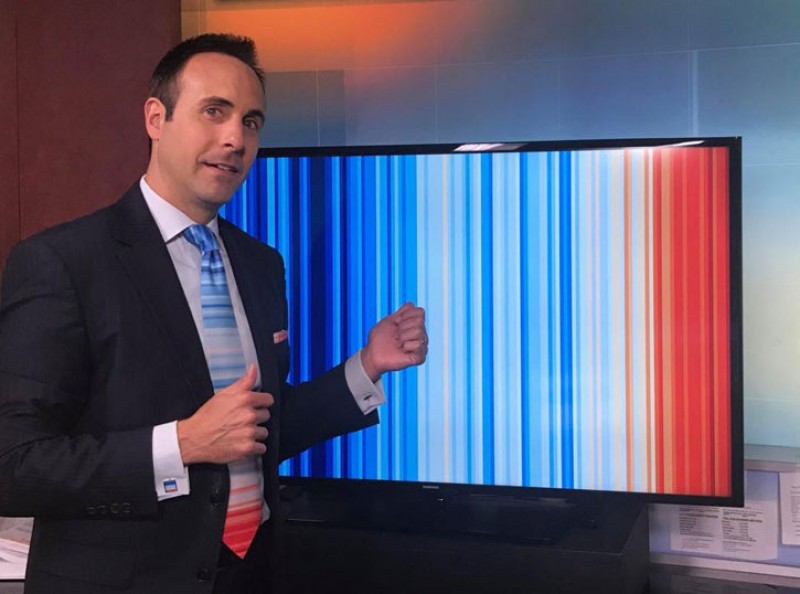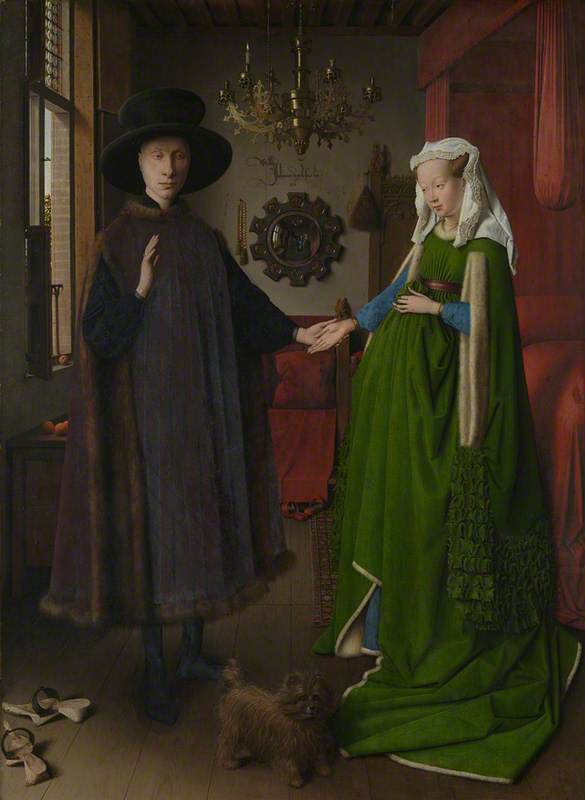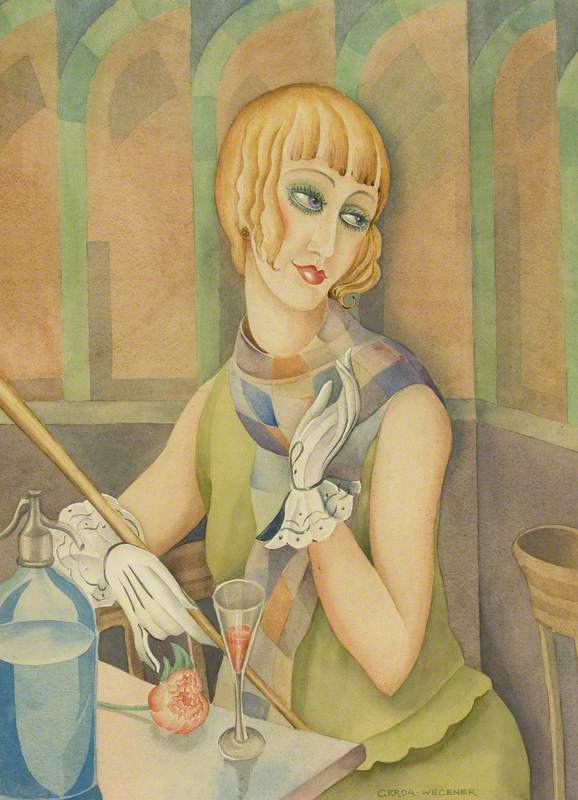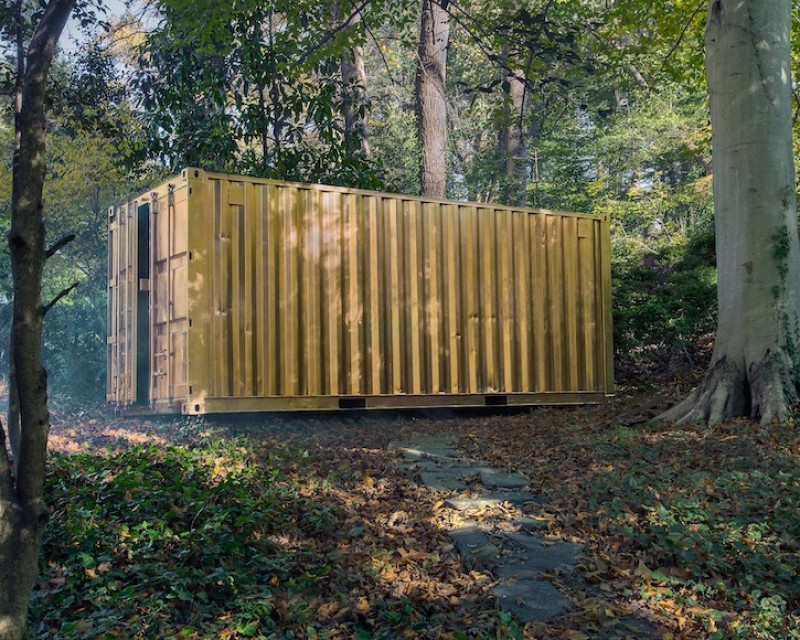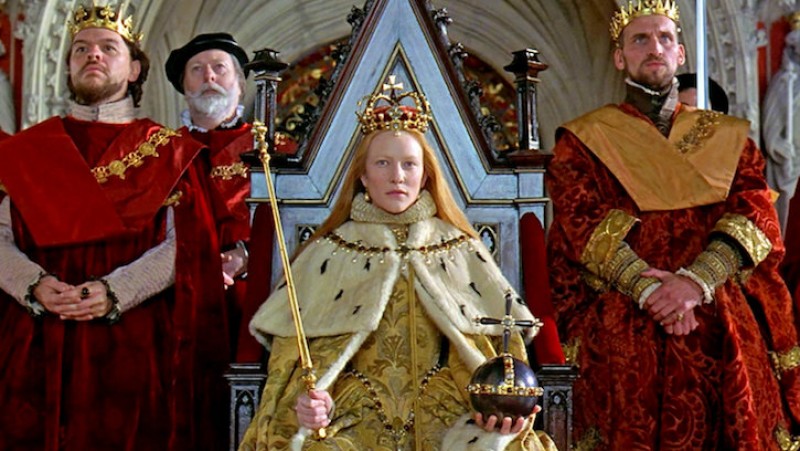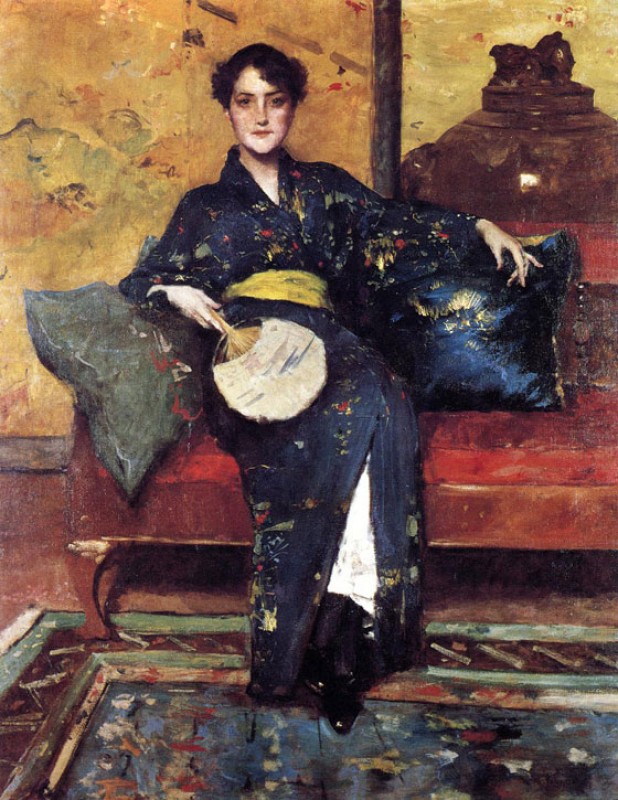Art and design
- Produce creative work
- Become proficient in craft and design techniques
- evaluate and analyse creative works
- Know about great artists and understand the historical and cultural development of their art forms
- Actively engage in the creative process of art, craft and design in order to develop as effective and independent learners, and as critical and reflective thinkers with enquiring minds
- Develop critical understanding through investigative, analytical, experimental, practical, technical and expressive skills
- Develop and refine ideas and proposals, personal outcomes or solutions with increasing independence
- Acquire and develop technical skills through working with a broad range of media, materials, techniques, processes and technologies with purpose and intent
- Develop knowledge and understanding of art, craft and design in historical and contemporary contexts, societies and cultures
Pupils should be taught:
- to use a range of techniques to record their observations in sketchbooks, journals and other media as a basis for exploring their ideas
- to increase their proficiency in the handling of different materials
- to analyse and evaluate their own work, and that of others, in order to strengthen the visual impact or applications of their work
- about the history of art, craft, design and architecture, including periods, styles and major movements from ancient times up to the present day
Design and technology
- Identify and solve their own design problems and understand how to reformulate problems given to them
- Develop specifications to inform the design of innovative, functional, appealing products that respond to needs in a variety of situations
- Use a variety of approaches [for example, biomimicry and user-centred design], to generate creative ideas and avoid stereotypical responses
- Develop and communicate design ideas using annotated sketches, detailed plans
- Understand and use the properties of materials and the performance of structural elements to achieve functioning solutions
Geography
- Understand the processes that give rise to key physical and human geographical features of the world, how these are interdependent and how they bring about spatial variation and change over time
- Understand how human and physical processes interact to influence and change landscapes, environments and the climate; and how human activity relies on the effective functioning of natural systems
Science – Biology
Interactions and interdependencies – relationships in an ecosystem
- How organisms affect, and are affected by, their environment, including the accumulation of toxic materials.
Genetics and evolution
- Changes in the environment may leave individuals within a species, and some entire species, less well adapted to compete successfully and reproduce, which in turn may lead to extinction
- The importance of maintaining biodiversity and the use of gene banks to preserve hereditary material



